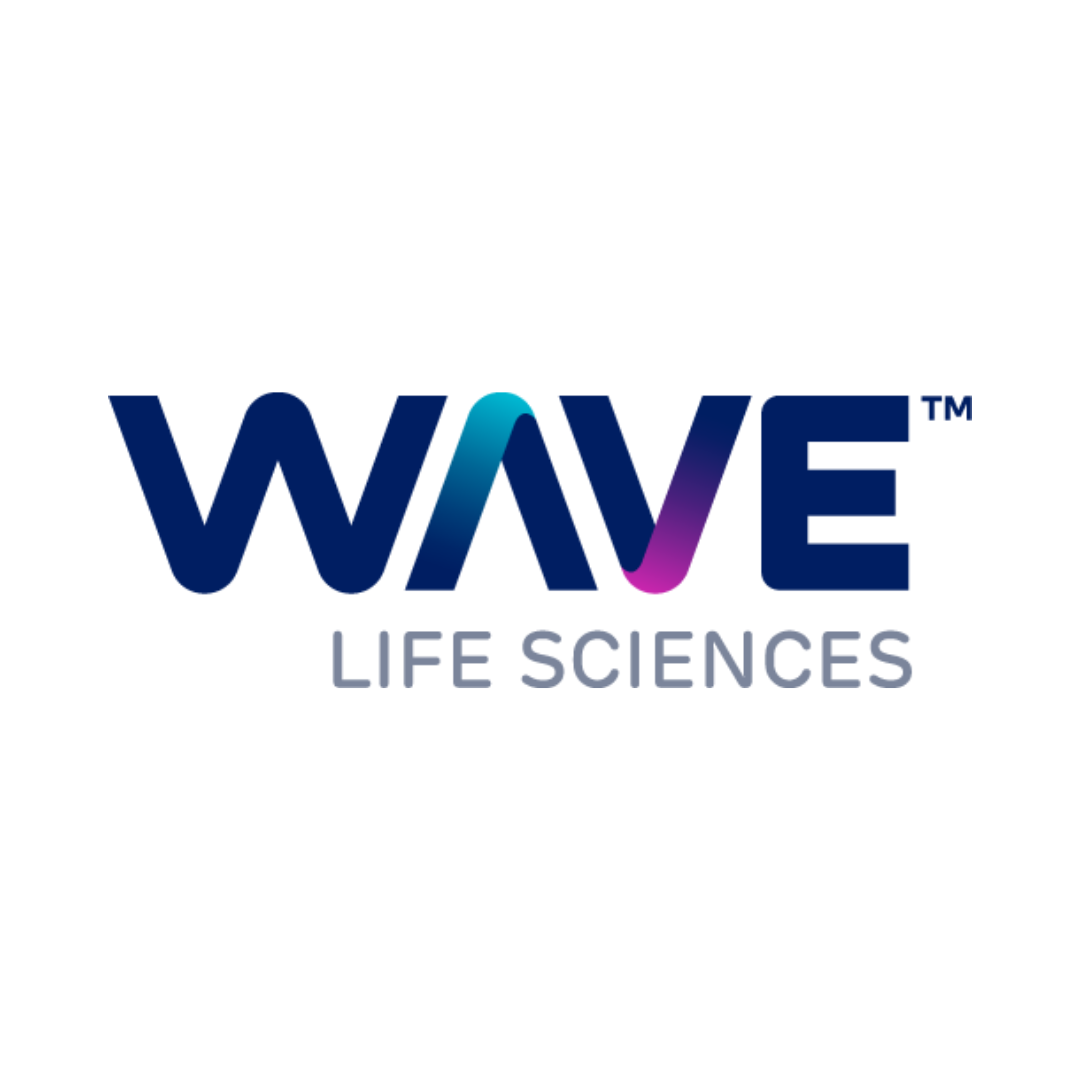
Wave Life Sciences has announced positive interim data from the ongoing Phase 2 FORWARD-53 study of WVE-N531, an exon skipping oligonucleotide being investigated for the treatment of Duchenne in those who are amenable to exon 53 skipping. Conducted after 24 weeks of 10 mg/kg dosing every two weeks, the interim analysis indicated that WVE-N531 demonstrated substantial dystrophin expression and that it was safe and well tolerated.
Wave reported an average dystrophin expression of 5.5% (unadjusted for muscle content), which was highly consistent across participants. FORWARD-53 participants showed multiple indicators of improvement in muscle health and significant decreases in creatine kinase (CK) and aspartate aminotransferase (AST) levels from baseline, two biomarkers for muscle health.
According to Wave, the company expects to complete the FORWARD-53 trial in the first quarter of 2025 and receive feedback from regulators on a pathway to accelerated approval. Wave also reports that it is advancing a broader Duchenne pipeline of oligonucleotides for skipping other exons.
PPMD is pleased to learn this news and we look forward to further updates from Wave.
Read Wave’s press release here.
Read Wave’s community letter:
Dear Members of the Duchenne community,
Today we announced positive interim results from the ongoing FORWARD-53 clinical trial evaluating the investigational molecule WVE-N531 in boys with Duchenne muscular dystrophy (DMD) amenable to exon 53 skipping. WVE-N531 is given every other week at 10mg/kg and the primary objective of this study is to evaluate dystrophin protein expression. For this interim analysis, we evaluated dystrophin and other measures after 24 weeks of treatment.
We are grateful to the Duchenne community for providing feedback on our development program since we began working in DMD many years ago and our goal today is to update you on our progress.
What we’ve learned from the interim (6-month) FORWARD-53 data:
- WVE-N531 was safe and well tolerated.
- WVE-N531 gets into muscle tissue in high concentrations of ~41,000 ng/g.
- WVE-N531 produces mean exon skipping of 57%.
- WVE-N531 treatment led to substantial dystrophin expression in a planned analysis of ambulatory participants:
- Mean absolute muscle content-adjusted dystrophin of 9.0% and unadjusted dystrophin of 5.5%. Dystrophin was produced consistently across the boys, with the majority above 5% when adjusted for muscle content.
- Dystrophin was present in two isoforms that are consistent with those observed in boys with Becker muscular dystrophy who display milder disease.
- Muscle biopsies also showed signs of improvement in muscle health, and that WVE-N531 was present in the right area of muscle cells to lead to dystrophin production. WVE-N531 was also present in muscle satellite cells, which have the potential to aid muscle regeneration.
- Data supports monthly dosing going forward, rather than dosing every other week.
What happens next?
We are encouraged by these data and plan to complete the study through 12 months (48-weeks) to allow us to learn more, including the effect of WVE-N531 on functional outcomes.
We also plan to meet with regulators to discuss next steps for WVE-N531 and look forward to sharing a program update in the first quarter of 2025.
Our gratitude
All of us at Wave would like to extend our deepest thanks to the clinical trial participants, their families, investigators, and clinical site staff who have dedicated their time and effort to FORWARD-53. Your continued commitment is critical to advancing WVE-N531 and the discovery and development of new treatments for DMD, which we hope will help improve the lives of people across the DMD community.
We look forward to continuing to advance our WVE-N531 program and sharing future updates as they are available.
Sincerely,
Chelley Casey
VP Patient Advocacy
ccasey@wavelifesci.com



 by: Parent Project Muscular Dystrophy
by: Parent Project Muscular Dystrophy

